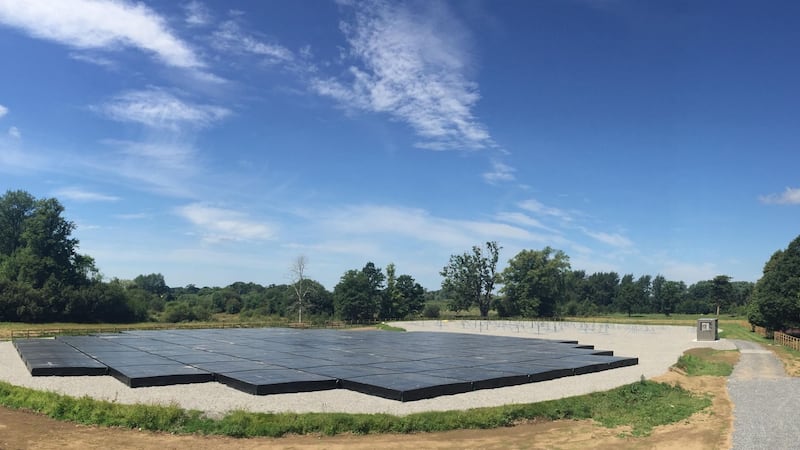A discovery made by scientists in Ireland provides fresh insight on how spectacular solar storms ariseand may soon enable more accurate forecasts of when solar radio bursts occur and how they affect Earth.
An international team of scientists from Trinity College Dublin, the University of Helsinki, and the Dublin Institute for Advanced Studies (Dias), have made the breakthrough using large radio telescopes known as low-frequency array (Lofar) stations; notably, one built at Birr Castle, Co Offaly.
Sunspots, many times the size of Earth, can appear on our nearest star’s surface and store enormous reservoirs of energy. And it is within these regions that huge explosions called solar storms occur.

They are spectacular eruptions of billions of tonnes of hot gas travelling at millions of kilometres an hour. If they hit Earth they can produce dazzling displays of the aurora, but can also cause problems with communications, navigation systems and power grids.
"Our society is now even more dependent on technology and solar storms have the potential to cause significant effect on their performance," according to Prof Peter Gallagher of Dias, who leads the I-Lofar project on behalf of Trinity.
In 2003, transformers in South Africa were damaged, while Swedish air traffic control systems closed down in 2015 due to effects associated with a solar storm, while emergency response communications were interrupted during hurricane season in the Caribbean during September 2017.
"We used data from the Low Frequency Array, Lofar, together with images from Nasa, NOAA [National Oceanic and Atmospheric Administration] and ESA [European Space Agency] spacecraft to work out where particles are accelerated by the particularly large solar storm on September 10th, 2017, soon after we turned on the Irish Lofar station," explained Dr Diana Morosan, lead author on a paper published on Monday in the journal Nature Astronomy.
“We built the Irish Lofar station at Birr Castle to study how solar storms move and how they generate bursts of radio waves,” said Prof Gallagher.
The observations enabled them to work out that the solar storm created a huge shock wave as it erupted, which then accelerated electrons that generated radio bursts, said Dr Morosan.
“This gives us an amazingly detailed insight into how solar storms work and may in the future help us to produce more accurate forecasts of when solar radio bursts occur and how they impact the Earth,” she added.
I-Lofar is funded by Science Foundation Ireland and the Department of Innovation.











